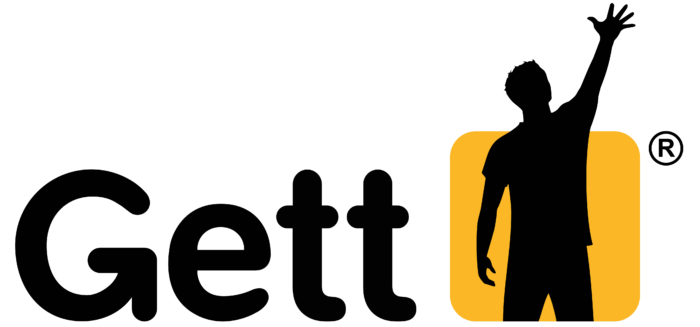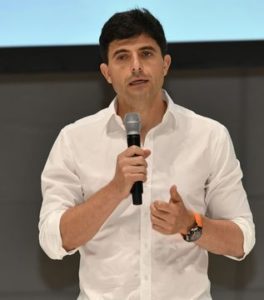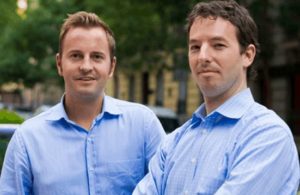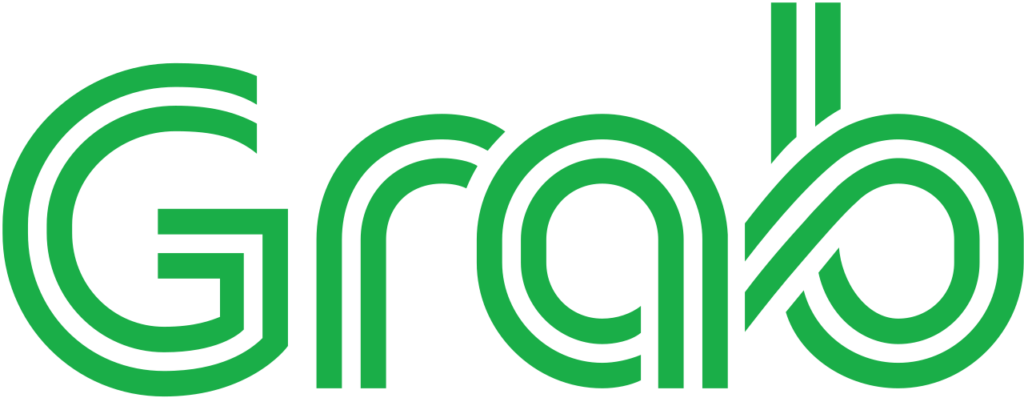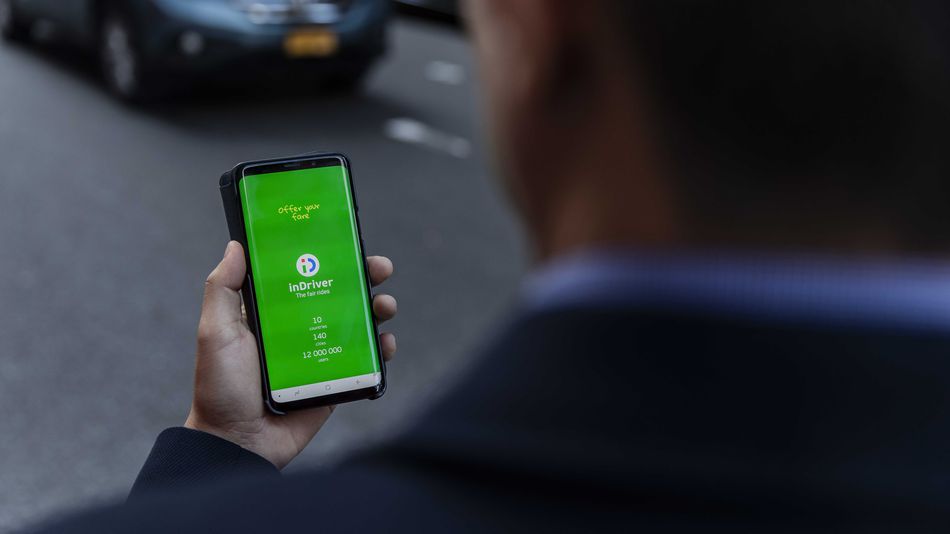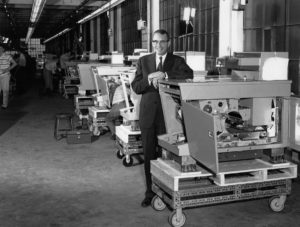Patreon.com : An Online Crowdfunding Platform to Support Your Favourite Creators
Today YouTube is the biggest platform for the creators from different fields to gain fame and money. But, in the beginning, there were not many creators on it, and it had not reached many people. There was a time when the creators did earn praise from the audience, and it was their passion that kept them hooked to the platform, not the money. But not many might know that there is a huge expenditure when it comes to creating a simple outdoor video. Considering this, a singer/computer science graduate/entrepreneur Jack Conte and his college buddy, Sam Yam from Stanford, came up with the idea of Patreon.com, a platform where the subscribers can support their favourite content creators financially, not only on YouTube, but also on many other platforms, to keep them encouraged to create more and more content.
About the Founders
Conte was studying at the Standford University, where he opted for music as major for his undergraduate. He formed a duo named Pomplamoose with his then-girlfriend (now wife) Nataly Dawn in 2008. At the time, YouTube had just started getting popular, and the two started their YouTube channel at the same time, along with working for some of the famous labels. They also registered to various other platforms, where they could connect with their fans directly.
On the other hand, a computer science student at Stanford University, Yam was doing significantly well at studies. He even got the letter of recommendation from Marc Andreeson for his Master’s in Computer Science from the same university. While studying at the university, he took leave of absence and joined a startup company named Loopt, as one of the first engineers. The company was acquired in 2006, and Yam went to found his own company named AdWhir, which he later sold to AdMob in 2009. Yam then joined Google as an engineer, but soon, he left the job to look forward to finding new ideas for his startup.
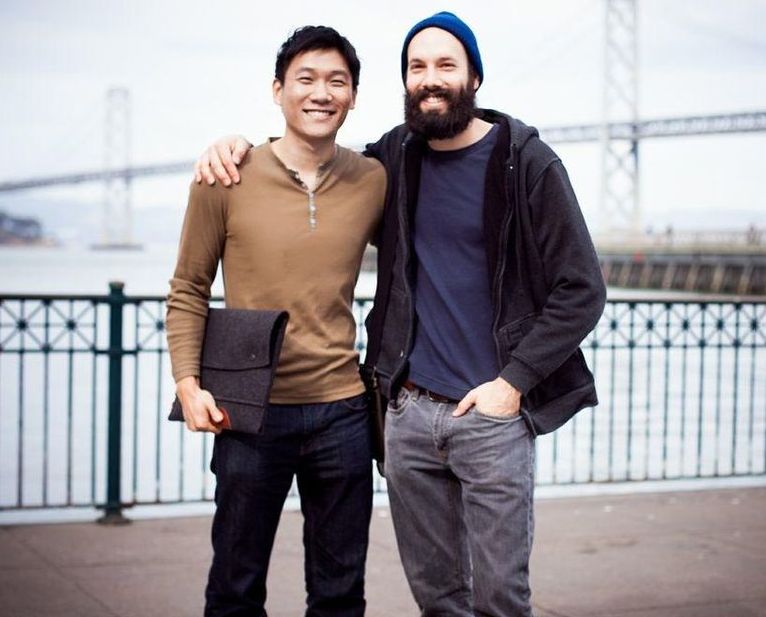
Founding Patreon.com
Despite being really popular on YouTube, the duo had to face a three-years long hiatus. The income was really low as compared to the investment Conte made on every video for YouTube. Conte thought of building a website, from where his fans could donate him some money as support. He then printed his whole plan and reached out to Sam Yam, who was his roommate at Stanford and a coder too. The two met at a coffee shop in March 2013 and started working on the idea. They, finally, built a website naming it Patreon in 2013. Yam, at the same time, was working on another startup named OurSpot a photography marketplace.
The next month, Conte built his account on Patreon and put a link to his account asking his fans to support him financially, in the description of his YouTube videos. He and Yam also asked many other creators to create an account on Patreon, but nobody really took an interest in the same. In the first few weeks of his announcement, Conte got over $5000 donation from his supports (also known as Patrons). This was one big achievement for both Conte and Yam, and the other creators also got attracted to the platform, creating their accounts on Patreon.
Raising Money & Growth
In June 2013, they received a funding of $700,000 from Josh Felser giving a kickstart to the company. Later in August, it raised a $2.1 million in the seed round of funding, led by CRV and Freestyle, including other investors like Reddit co-founder Alexis Ohanian. In June 2014, the company hosted the A-Series round of funding and raised a $15 million, and in its Series B round of funding, the company raised a $30 million in January 2016.
Patreaon.com was an instant hit, and in 18 months it had registered 125,000 users. By this time, the platform was receiving around $1,000,000 per month. In 2015, the company acquired a similar platform named Subbable, and the next year incorporated payment through PayPal feature into it. By January 2017, the platform had managed to bring in $100,000,000 for the different creators registered to Patreon.com from their Patrons. In the second quarter of the same year, 50,000 creators were active on the platform, and around 1 million monthly patrons were sending about $150 million to their favourite creators through the platform.
Jack Conte serves Patreon.com as the CEO and has also continued his career in music. Similarly, Yam, besides serving the company as CTO, is also working on other projects side by side. He has even joined Y Combinator as the YCE. Patreon has headquartered at San Francisco.

Yashica is a Software Engineer turned Content Writer, who loves to write on social causes and expertise in writing technical stuff. She loves to watch movies and explore new places. She believes that you need to live once before you die. So experimenting with her life and career choices, she is trying to live her life to the fullest.

